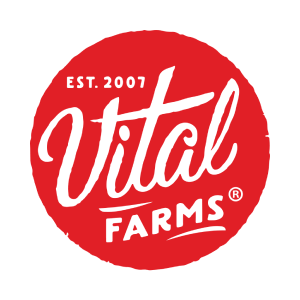
Calavo (CVGW)
Calavo faces an uphill battle. Not only are its sales cratering but also its low returns on capital suggest it struggles to generate profits.― StockStory Analyst Team
1. News
2. Summary
Why We Think Calavo Will Underperform
A trailblazer in the avocado industry, Calavo Growers (NASDAQ:CVGW) is a pioneering California-based provider of high-quality avocados and other fresh food products.
- Annual revenue declines of 17.2% over the last three years indicate problems with its market positioning
- Gross margin of 10.1% is below its competitors, leaving less money to invest in areas like marketing and production facilities
- Revenue base of $693.7 million puts it at a disadvantage compared to larger competitors exhibiting economies of scale


Calavo is in the penalty box. There are more profitable opportunities elsewhere.
Why There Are Better Opportunities Than Calavo
High Quality
Investable
Underperform
Why There Are Better Opportunities Than Calavo
At $20.23 per share, Calavo trades at 11.8x forward P/E. Yes, this valuation multiple is lower than that of other consumer staples peers, but we’ll remind you that you often get what you pay for.
It’s better to pay up for high-quality businesses with higher long-term earnings potential rather than to buy lower-quality stocks because they appear cheap. These challenged businesses often don’t re-rate, a phenomenon known as a “value trap”.
3. Calavo (CVGW) Research Report: Q2 CY2025 Update
Fresh produce company Calavo Growers (NASDAQ:CVGW) missed Wall Street’s revenue expectations in Q2 CY2025, with sales flat year on year at $178.8 million. Its non-GAAP profit of $0.57 per share was 5.6% above analysts’ consensus estimates.
Calavo (CVGW) Q2 CY2025 Highlights:
- Revenue: $178.8 million vs analyst estimates of $195.2 million (flat year on year, 8.4% miss)
- Adjusted EPS: $0.57 vs analyst estimates of $0.54 (5.6% beat)
- Adjusted EBITDA: $15.05 million vs analyst estimates of $16.07 million (8.4% margin, 6.3% miss)
- Operating Margin: 4.8%, in line with the same quarter last year
- Market Capitalization: $485.3 million
Company Overview
A trailblazer in the avocado industry, Calavo Growers (NASDAQ:CVGW) is a pioneering California-based provider of high-quality avocados and other fresh food products.
The company's story began in 1924 when a group of farmers in the fertile region of Santa Paula, California formed a cooperative to market and distribute avocados. Their goal was to raise awareness and create a thriving market for this then-unfamiliar fruit among Americans.
Through innovative marketing campaigns and efforts to educate the public on the culinary uses and health benefits of avocados, Calavo Growers played a pivotal role in its integration into American cuisine. Today, avocados have become a staple ingredient in countless dishes and are celebrated for their nutritional benefits.
While avocados lie at the heart of Calavo Growers's business, its product portfolio extends far beyond. The company offers a diverse array of fresh foods, including tomatoes, papayas, pineapples, and pre-packaged guacamole. This diversification allows it to serve the evolving needs and tastes of consumers, making it a versatile player in the fresh produce industry.
Calavo Growers operates across North America, Mexico, and other international markets, and its extensive distribution network ensures products are readily available in grocery stores, restaurants, and food service establishments.
4. Perishable Food
The perishable food industry is diverse, encompassing large-scale producers and distributors to specialty and artisanal brands. These companies sell produce, dairy products, meats, and baked goods and have become integral to serving modern American consumers who prioritize freshness, quality, and nutritional value. Investing in perishable food stocks presents both opportunities and challenges. While the perishable nature of products can introduce risks related to supply chain management and shelf life, it also creates a constant demand driven by the necessity for fresh food. Companies that can efficiently manage inventory, distribution, and quality control are well-positioned to thrive in this competitive market. Navigating the perishable food industry requires adherence to strict food safety standards, regulations, and labeling requirements.
Competitors in the fresh produce category include Dole (NYSE:DOLE), Fresh Del Monte (NYSE:FDP), and Mission Produce (NASDAQ:AVO) along with private companies Chiquita Brands International and Sunkist Growers.
5. Revenue Growth
A company’s long-term sales performance is one signal of its overall quality. Any business can put up a good quarter or two, but the best consistently grow over the long haul.
With $693.7 million in revenue over the past 12 months, Calavo is a small consumer staples company, which sometimes brings disadvantages compared to larger competitors benefiting from economies of scale and negotiating leverage with retailers.
As you can see below, Calavo’s revenue declined by 17.2% per year over the last three years, a tough starting point for our analysis.
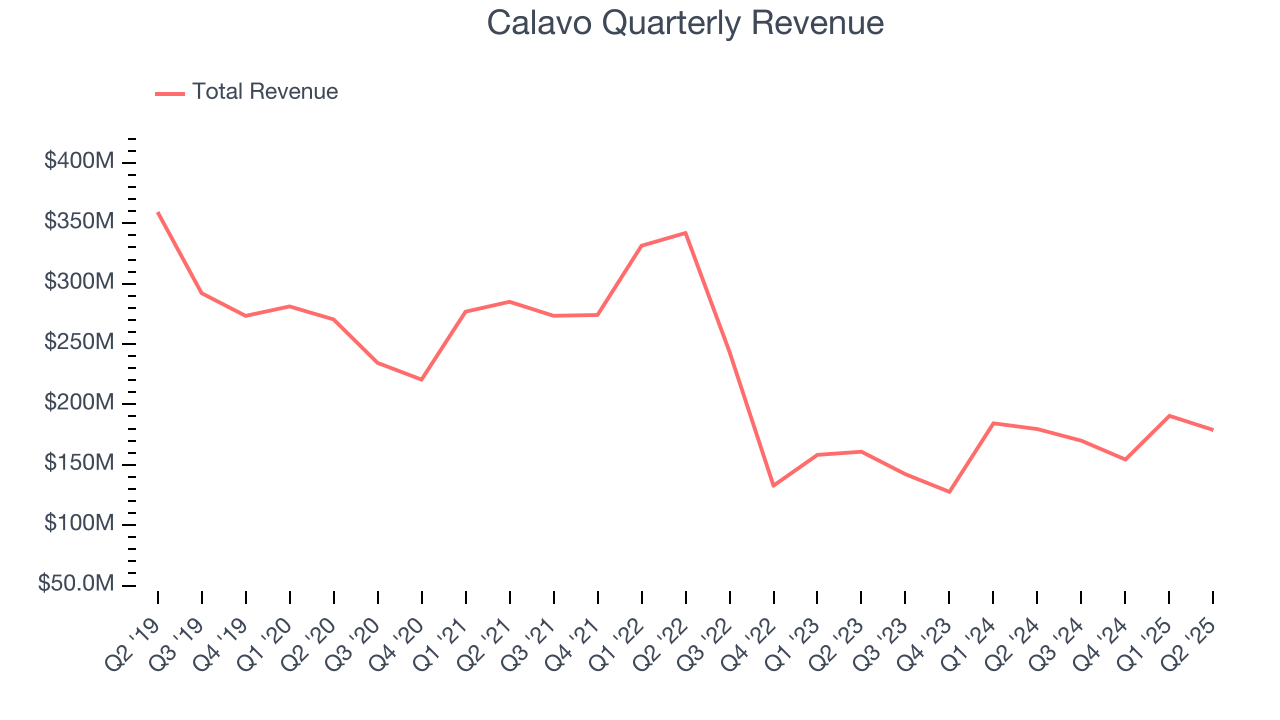
This quarter, Calavo missed Wall Street’s estimates and reported a rather uninspiring 0.4% year-on-year revenue decline, generating $178.8 million of revenue.
Looking ahead, sell-side analysts expect revenue to decline by 1.1% over the next 12 months. it’s hard to get excited about a company that is struggling with demand.
6. Gross Margin & Pricing Power
Calavo has bad unit economics for a consumer staples company, signaling it operates in a competitive market and lacks pricing power because its products can be substituted. As you can see below, it averaged a 10.1% gross margin over the last two years. Said differently, for every $100 in revenue, a chunky $89.91 went towards paying for raw materials, production of goods, transportation, and distribution. 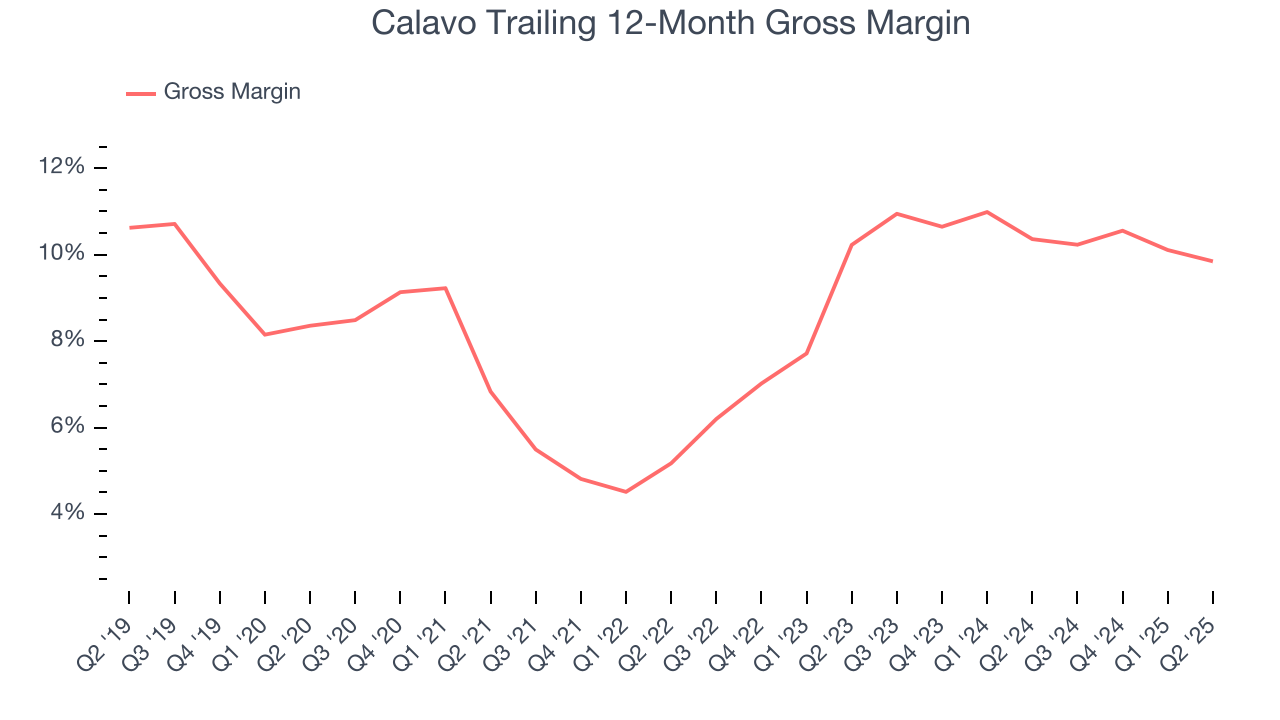
In Q2, Calavo produced a 10.2% gross profit margin, down 1 percentage points year on year and missing analysts’ estimates by 9.7%. On a wider time horizon, the company’s full-year margin has remained steady over the past four quarters, suggesting its input costs (such as raw materials and manufacturing expenses) have been stable and it isn’t under pressure to lower prices.
7. Operating Margin
Calavo was profitable over the last two years but held back by its large cost base. Its average operating margin of 2.8% was weak for a consumer staples business. This result isn’t too surprising given its low gross margin as a starting point.
On the plus side, Calavo’s operating margin rose by 1.4 percentage points over the last year.
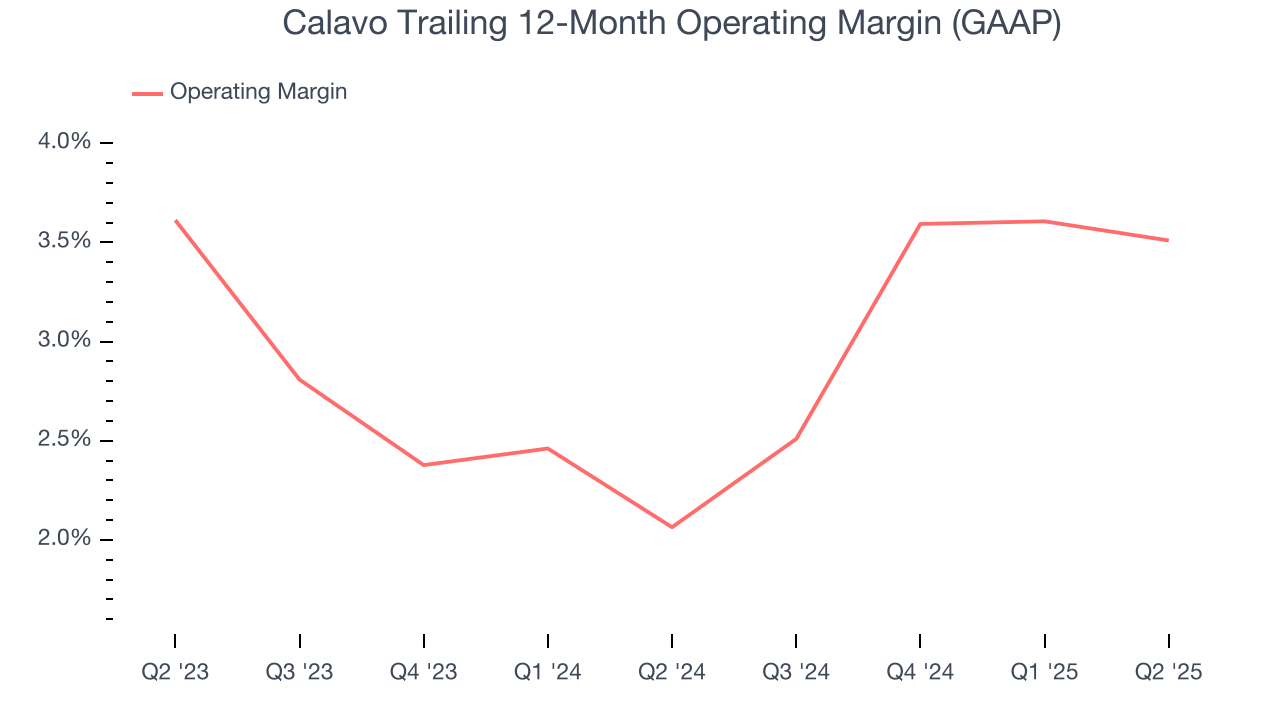
In Q2, Calavo generated an operating margin profit margin of 4.8%, in line with the same quarter last year. This indicates the company’s cost structure has recently been stable.
8. Earnings Per Share
Revenue trends explain a company’s historical growth, but the change in earnings per share (EPS) points to the profitability of that growth – for example, a company could inflate its sales through excessive spending on advertising and promotions.
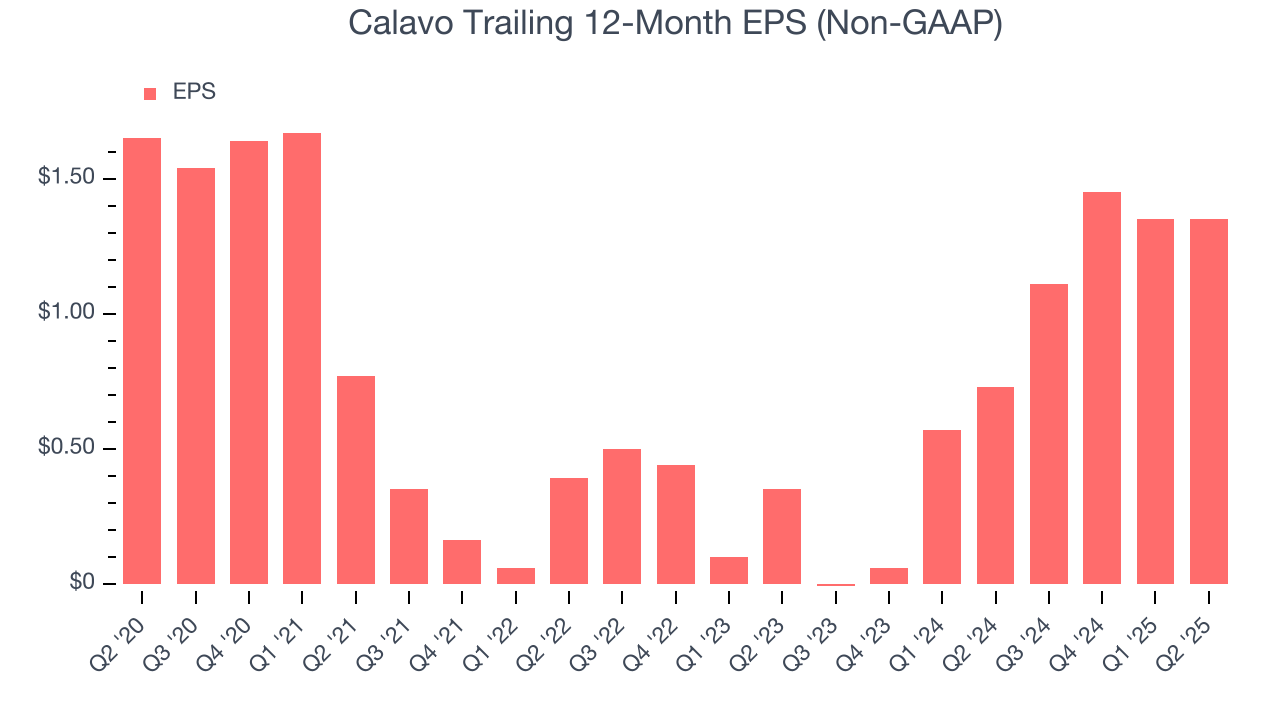
In Q2, Calavo reported adjusted EPS of $0.57, in line with the same quarter last year. This print beat analysts’ estimates by 5.6%. Over the next 12 months, Wall Street expects Calavo’s full-year EPS of $1.35 to grow 30.4%.
9. Cash Is King
Free cash flow isn't a prominently featured metric in company financials and earnings releases, but we think it's telling because it accounts for all operating and capital expenses, making it tough to manipulate. Cash is king.
Calavo has shown mediocre cash profitability over the last two years, giving the company limited opportunities to return capital to shareholders. Its free cash flow margin averaged 3.2%, subpar for a consumer staples business.
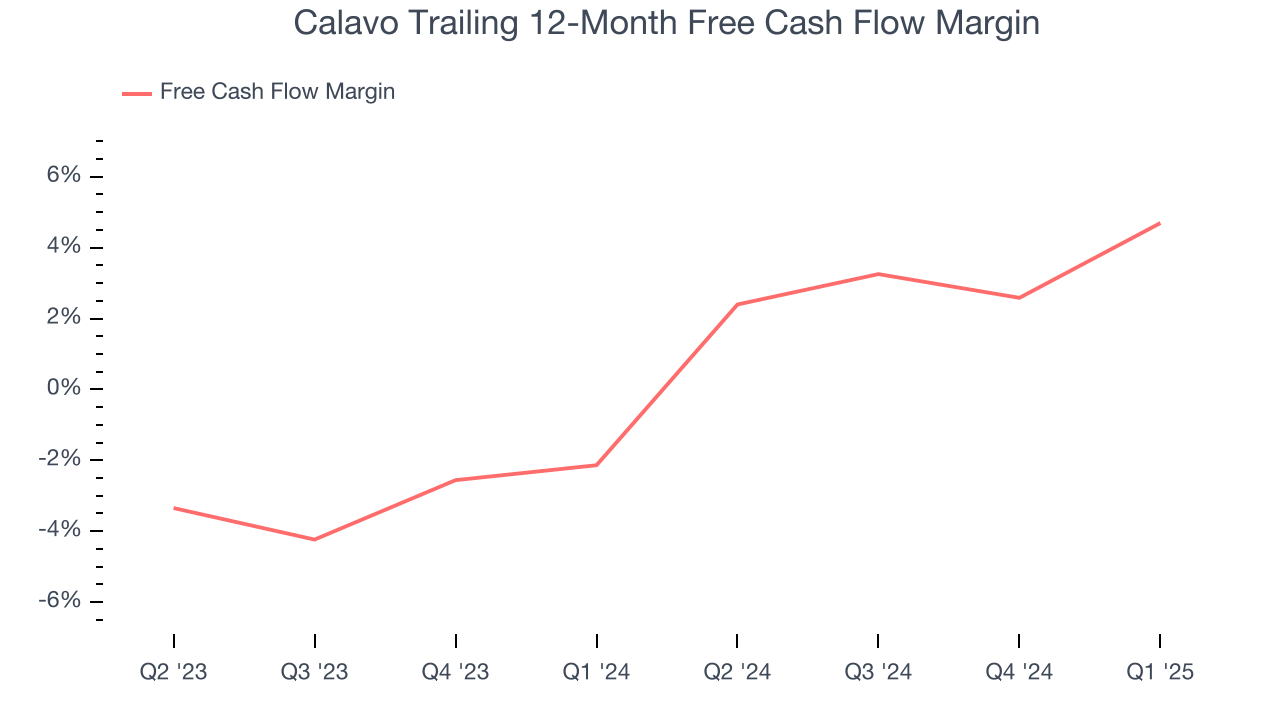
10. Return on Invested Capital (ROIC)
EPS and free cash flow tell us whether a company was profitable while growing its revenue. But was it capital-efficient? A company’s ROIC explains this by showing how much operating profit it makes compared to the money it has raised (debt and equity).
Calavo historically did a mediocre job investing in profitable growth initiatives. Its five-year average ROIC was 4.9%, lower than the typical cost of capital (how much it costs to raise money) for consumer staples companies.
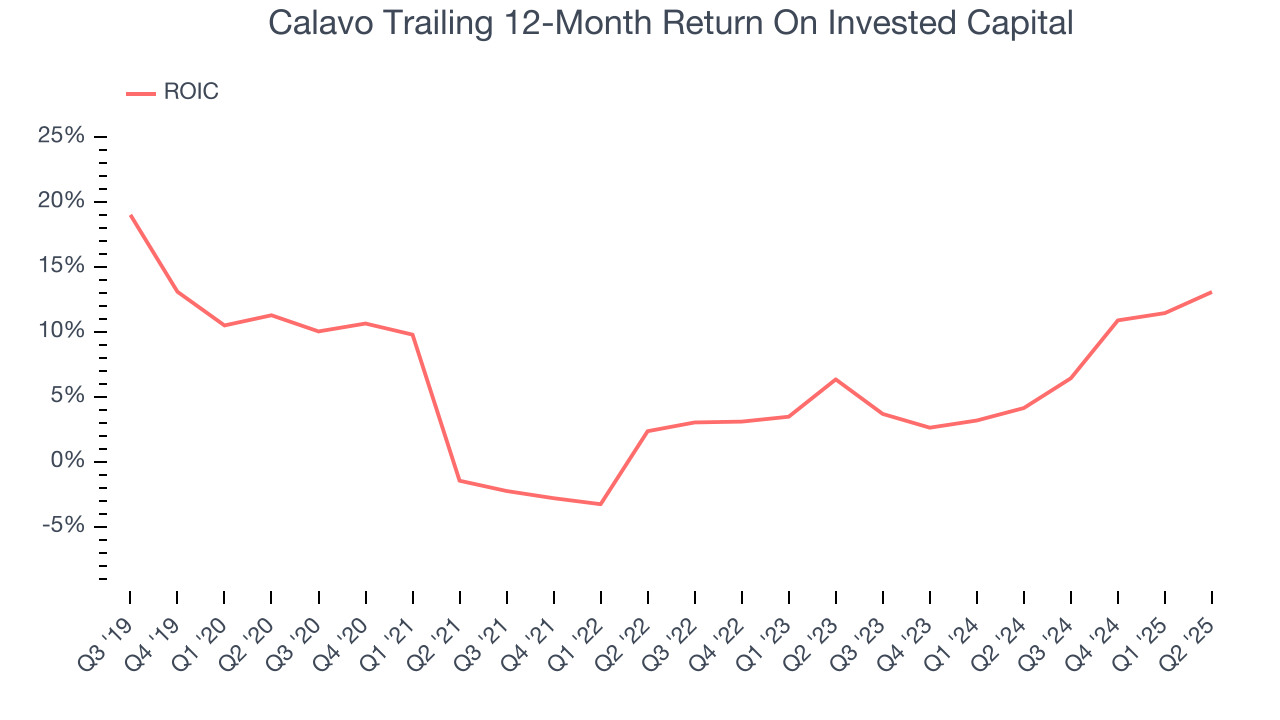
11. Balance Sheet Assessment
One of the best ways to mitigate bankruptcy risk is to hold more cash than debt.
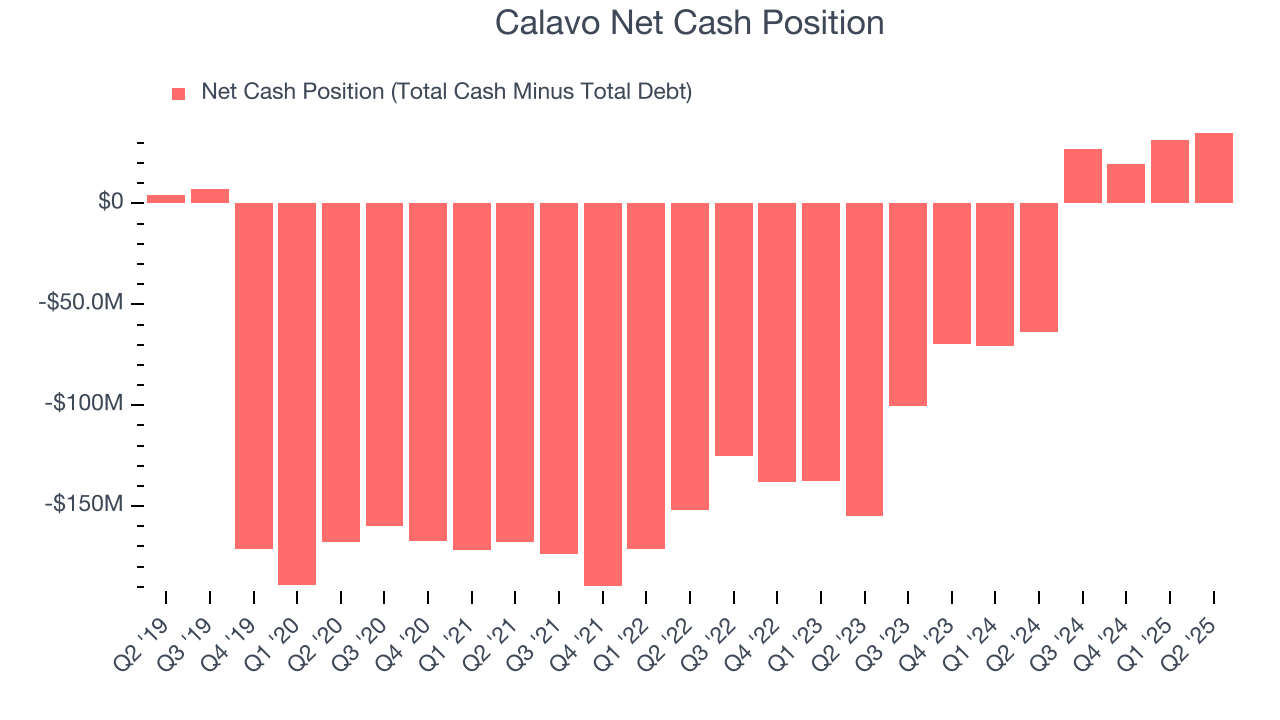
Calavo is a profitable, well-capitalized company with $63.75 million of cash and $28.61 million of debt on its balance sheet. This $35.15 million net cash position is 7.3% of its market cap and gives it the freedom to borrow money, return capital to shareholders, or invest in growth initiatives. Leverage is not an issue here.
12. Key Takeaways from Calavo’s Q2 Results
It was good to see Calavo beat analysts’ EPS expectations this quarter. On the other hand, its revenue missed and its EBITDA fell short of Wall Street’s estimates. Overall, this quarter could have been better. The stock traded down 8.3% to $25.20 immediately after reporting.
13. Is Now The Time To Buy Calavo?
Updated: December 3, 2025 at 9:53 PM EST
Before investing in or passing on Calavo, we urge you to understand the company’s business quality (or lack thereof), valuation, and the latest quarterly results - in that order.
Calavo falls short of our quality standards. To begin with, its revenue has declined over the last three years. And while its EPS growth over the last three years has been fantastic, the downside is its gross margins make it more challenging to reach positive operating profits compared to other consumer staples businesses. On top of that, its brand caters to a niche market.
Calavo’s P/E ratio based on the next 12 months is 11.8x. This valuation is reasonable, but the company’s shaky fundamentals present too much downside risk. There are better stocks to buy right now.
Wall Street analysts have a consensus one-year price target of $32.50 on the company (compared to the current share price of $20.23).
Although the price target is bullish, readers should exercise caution because analysts tend to be overly optimistic. The firms they work for, often big banks, have relationships with companies that extend into fundraising, M&A advisory, and other rewarding business lines. As a result, they typically hesitate to say bad things for fear they will lose out. We at StockStory do not suffer from such conflicts of interest, so we’ll always tell it like it is.










